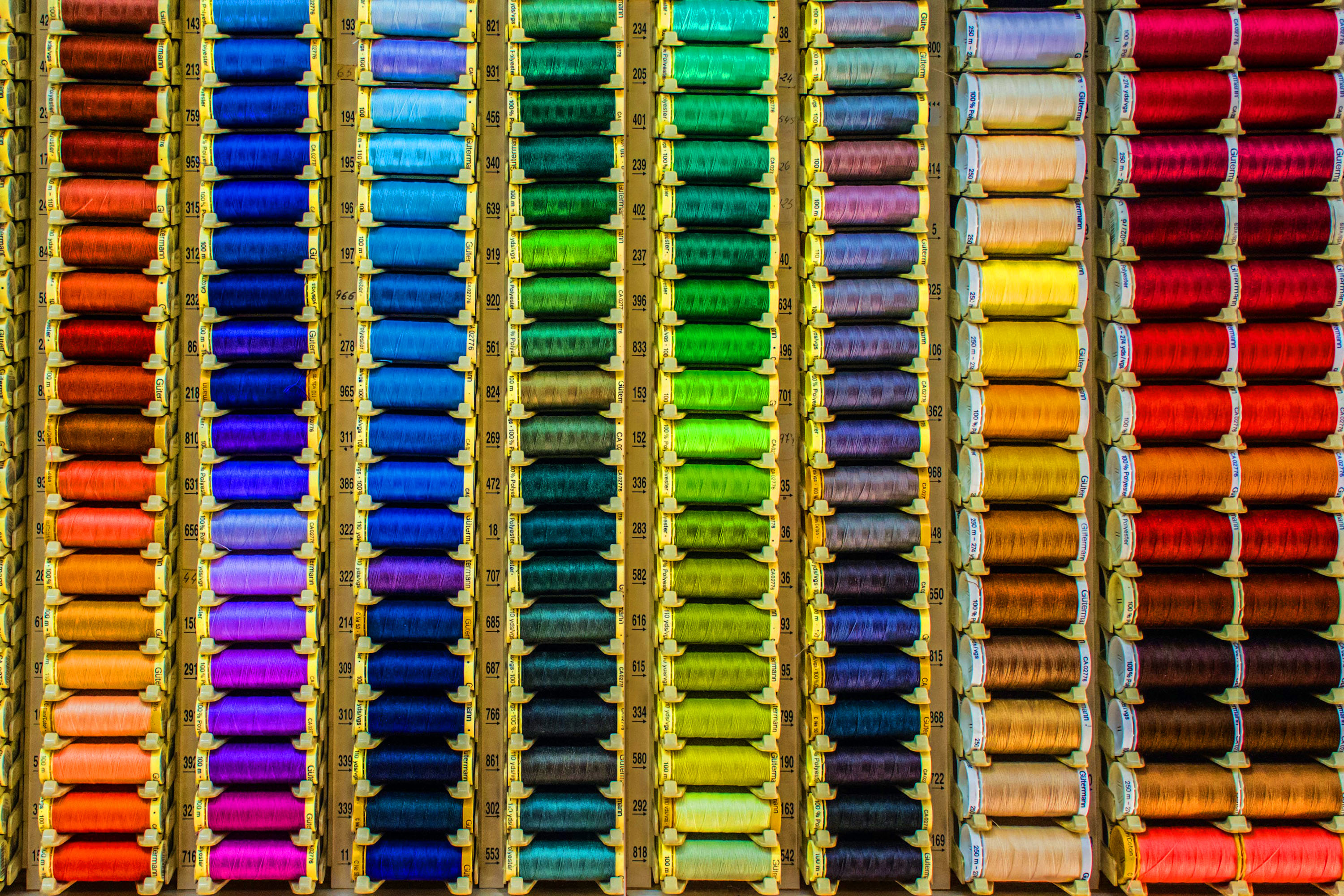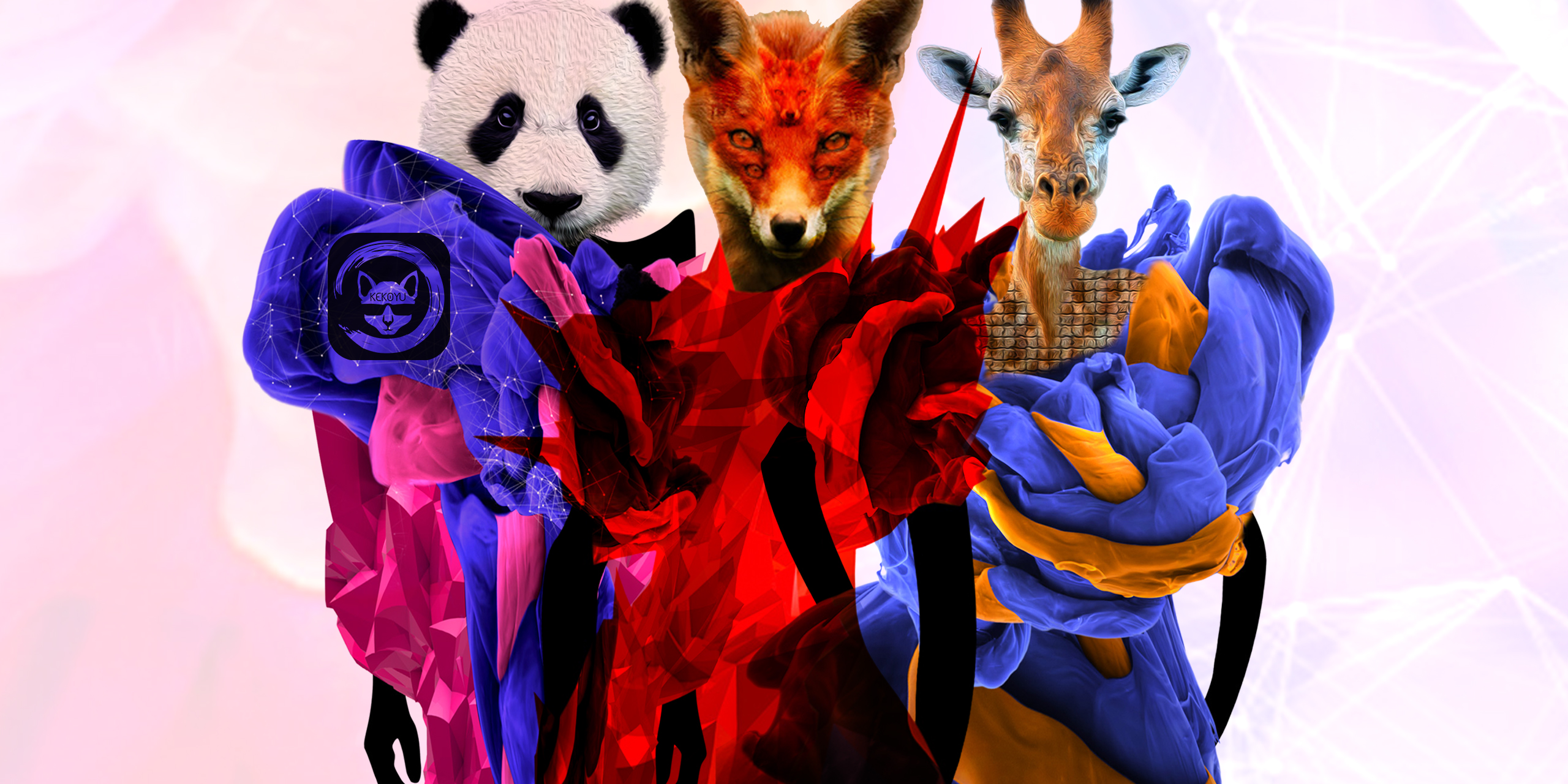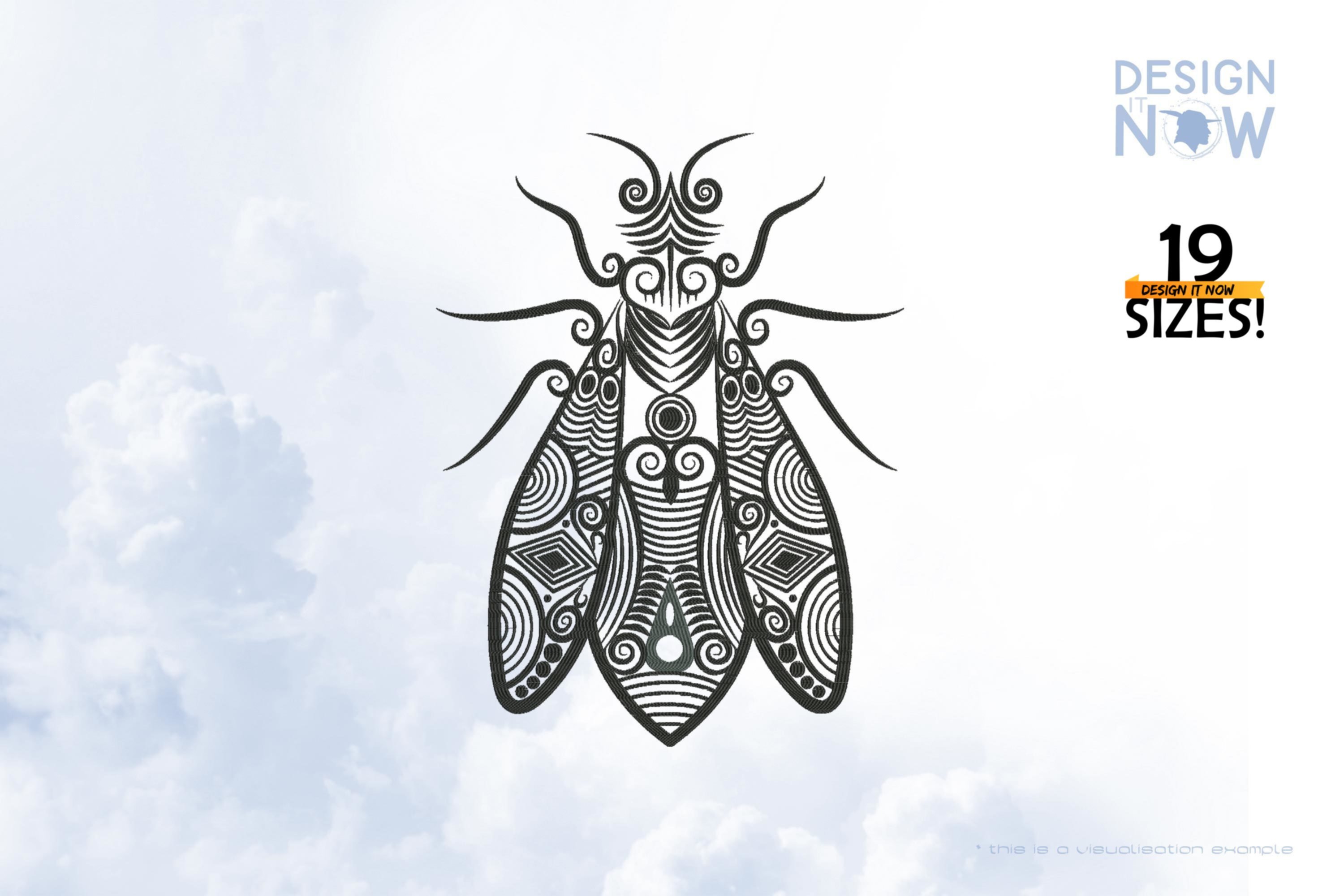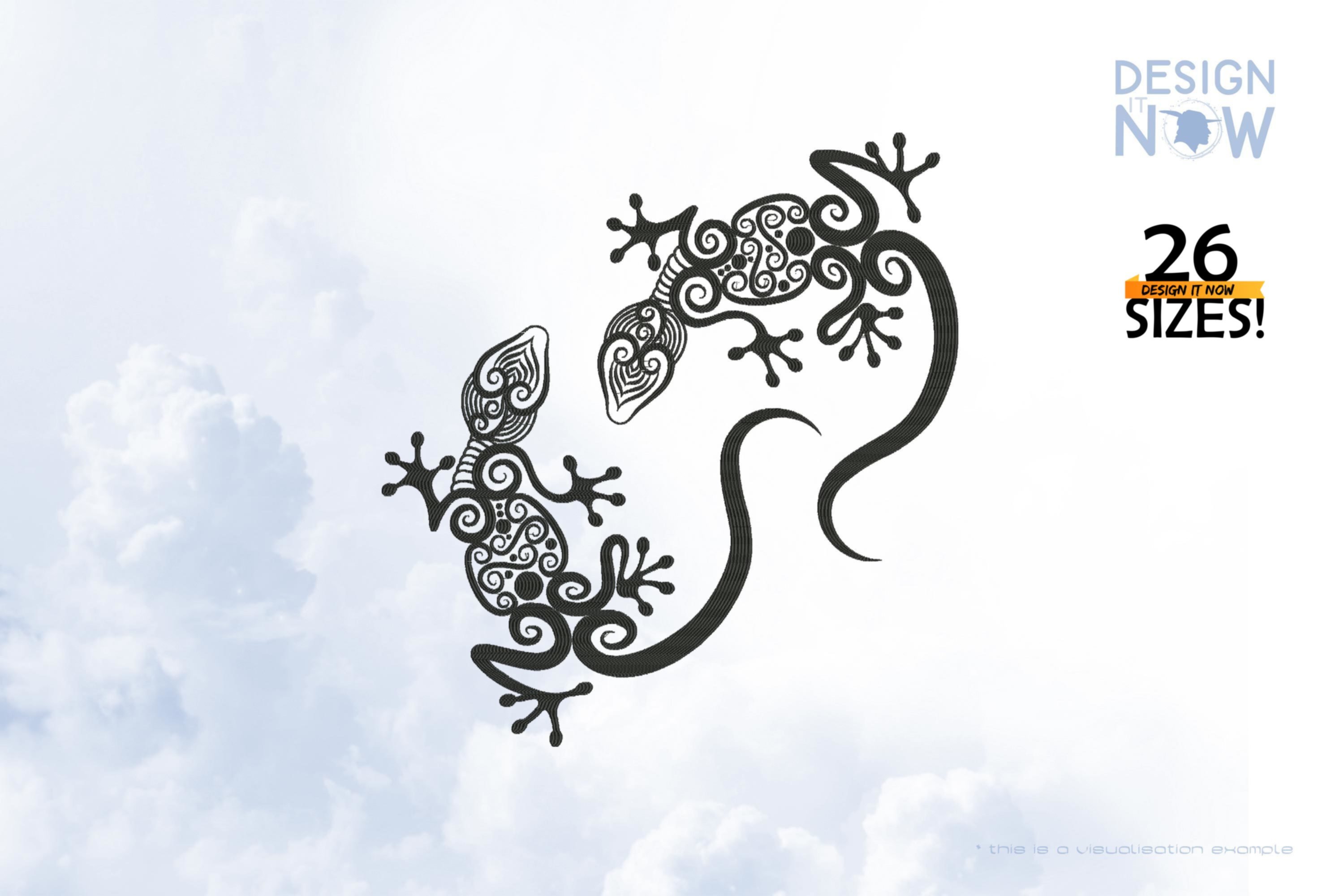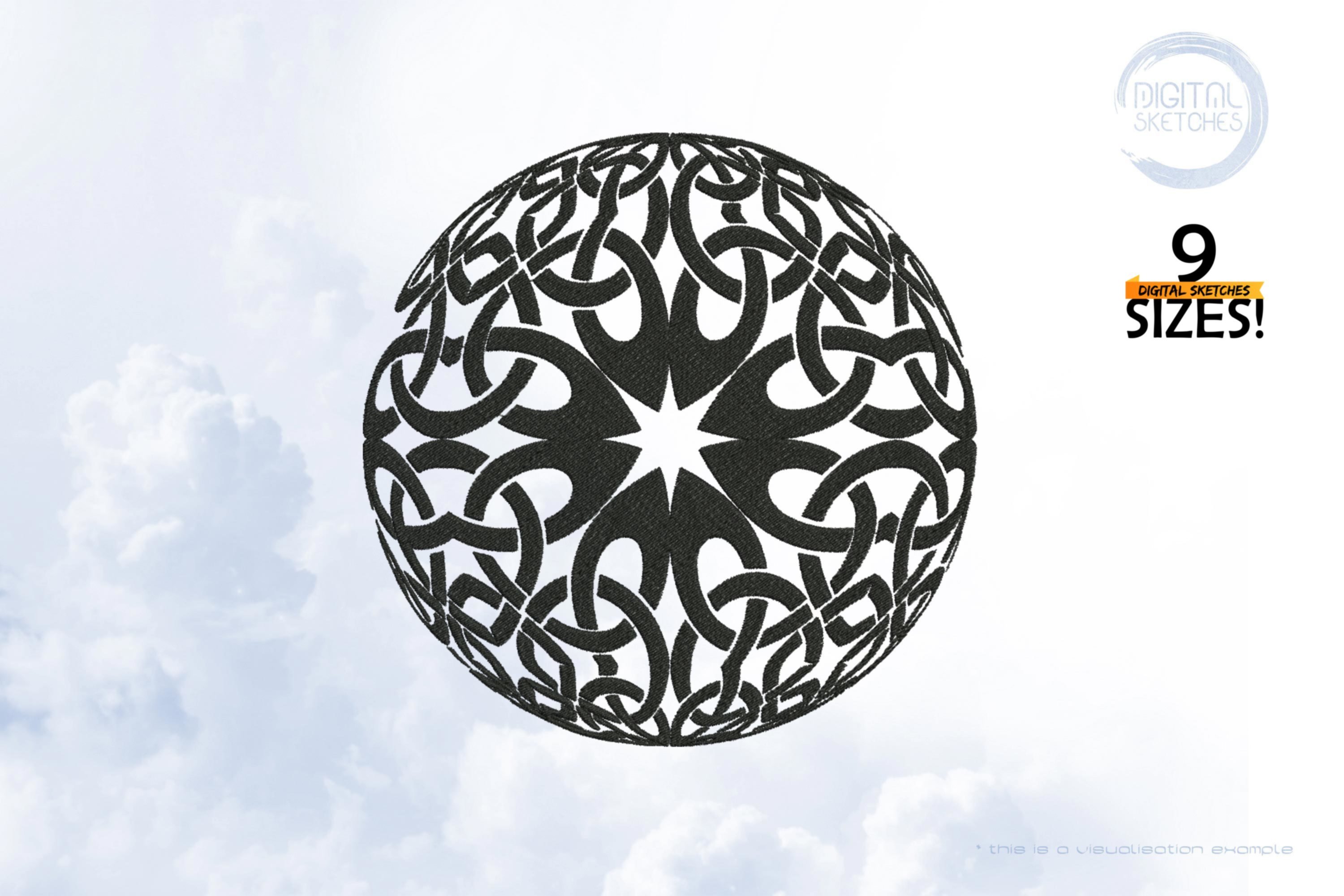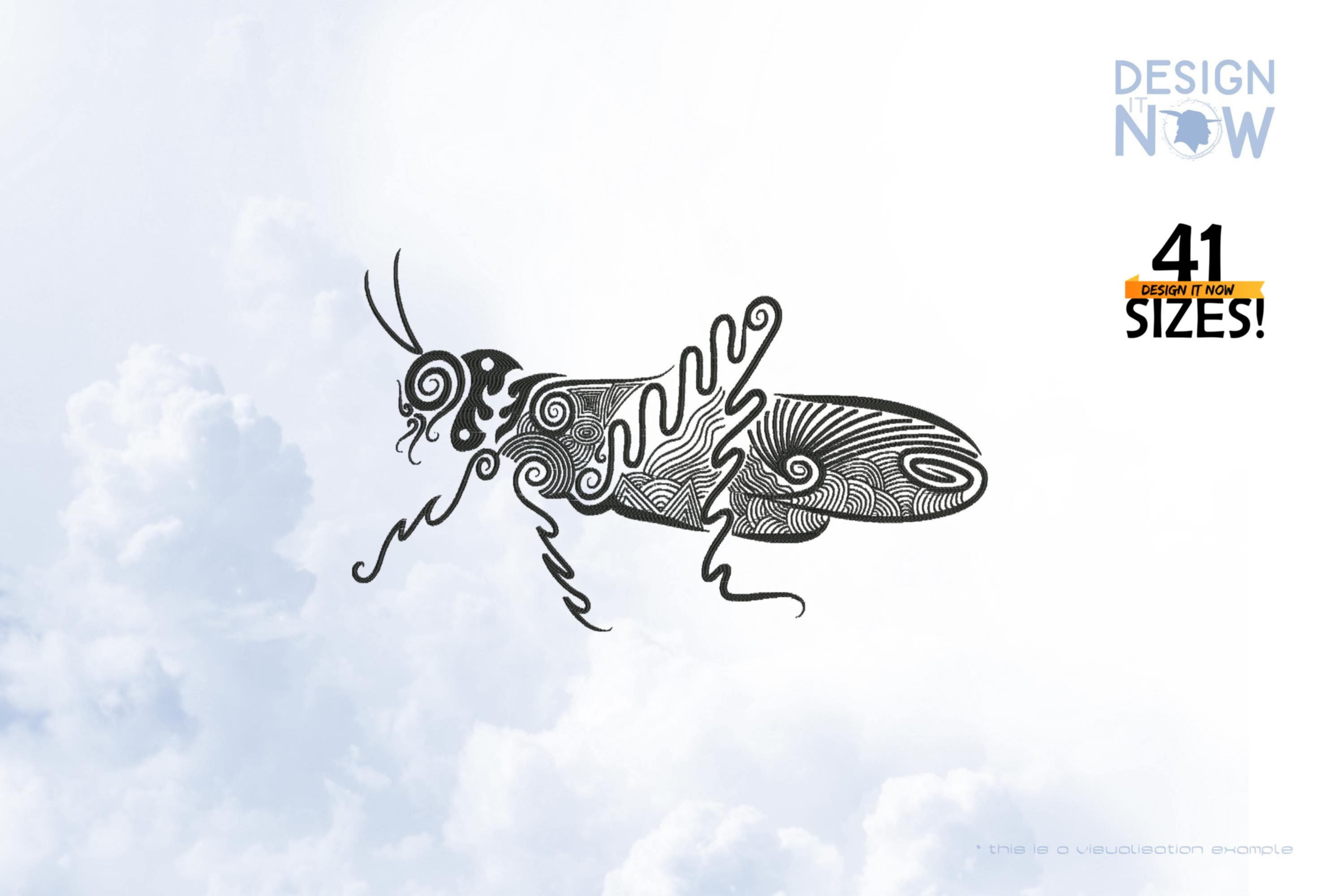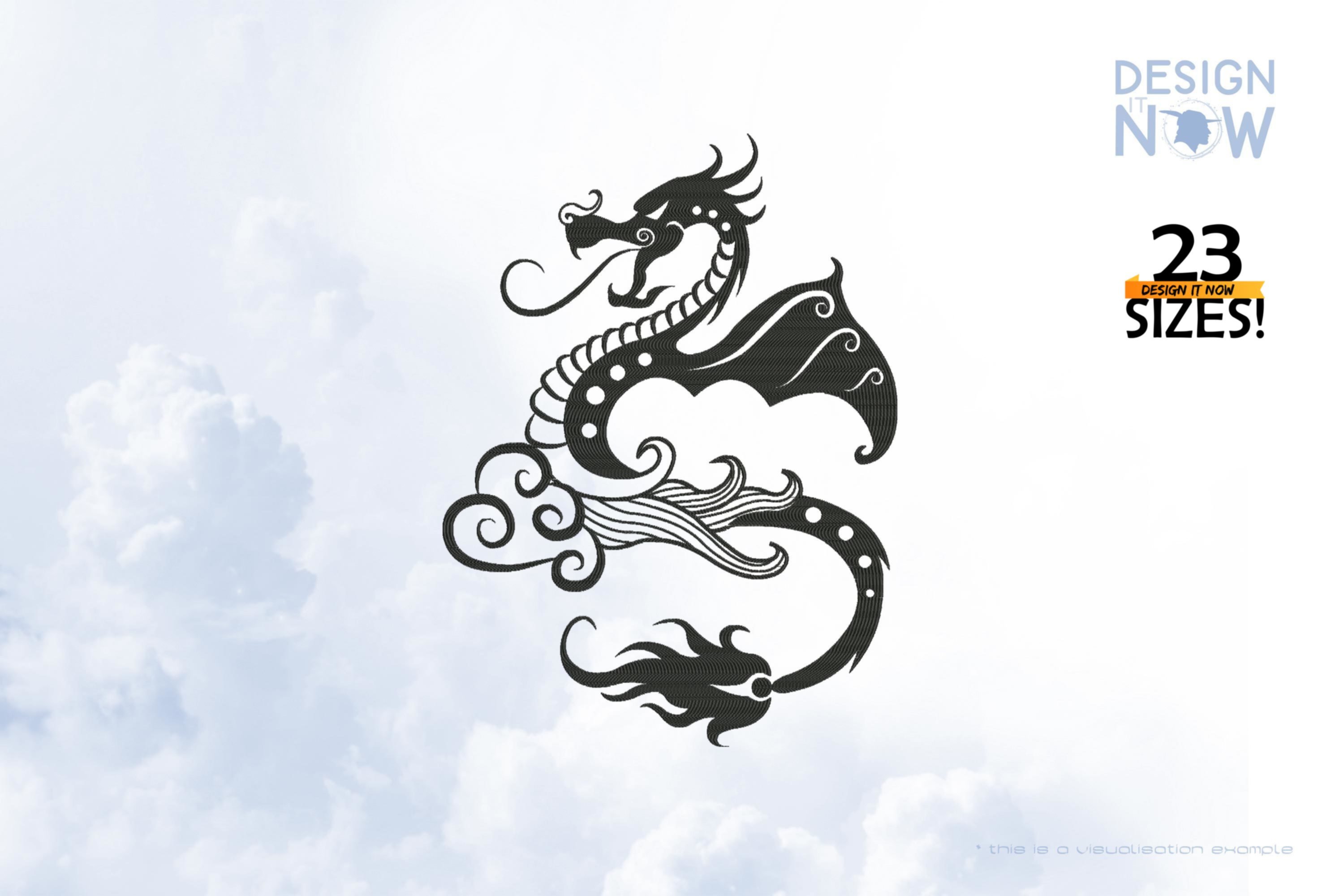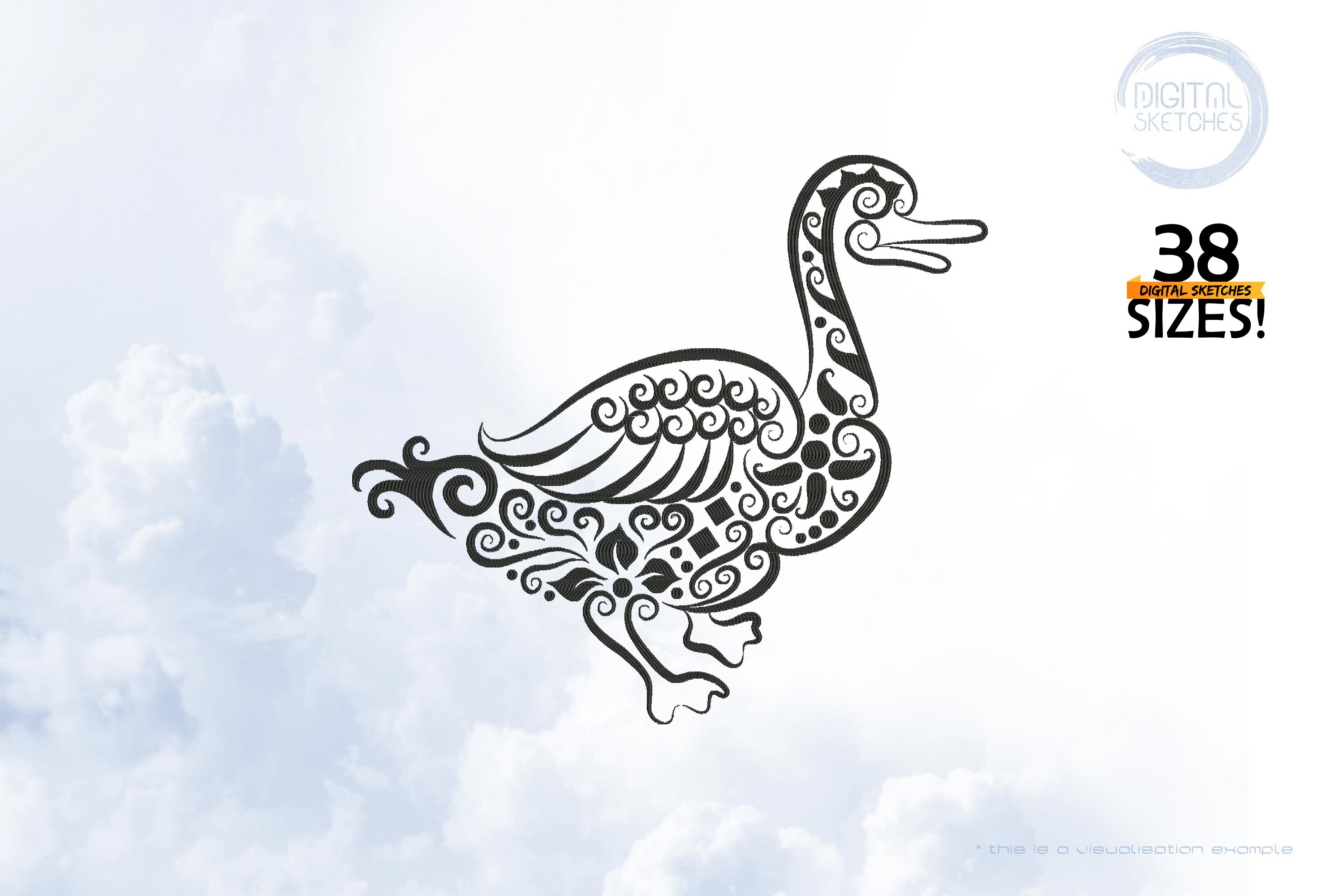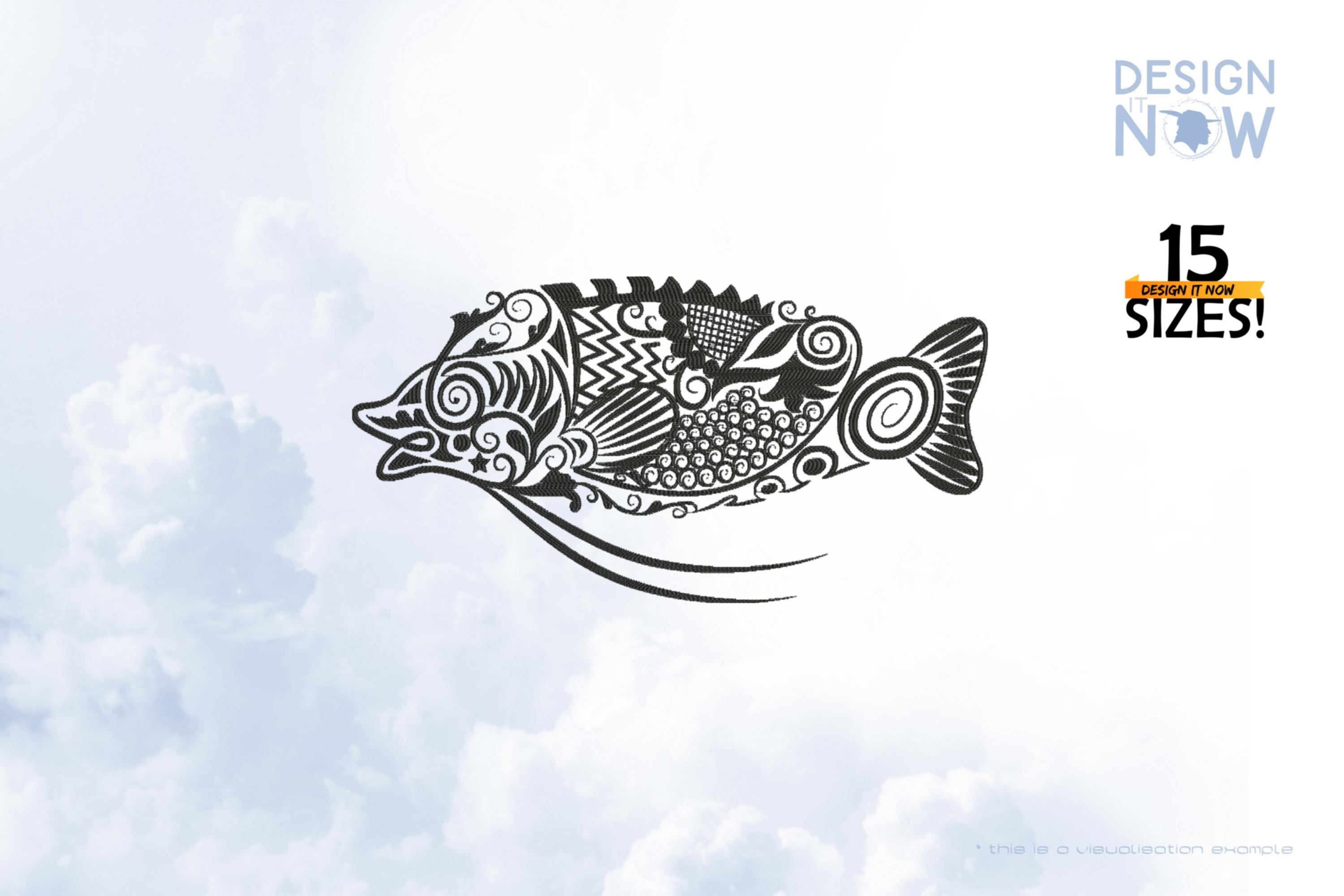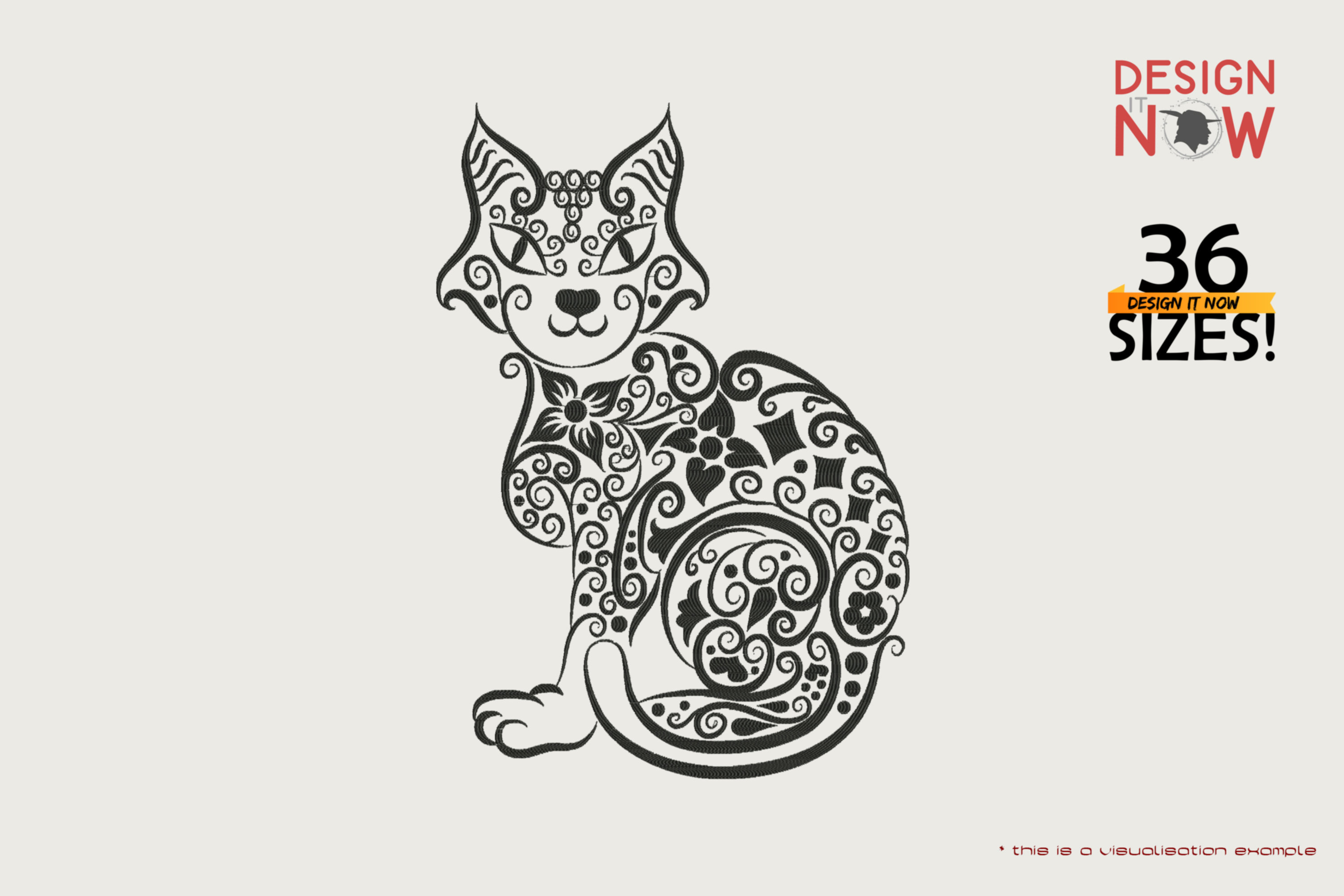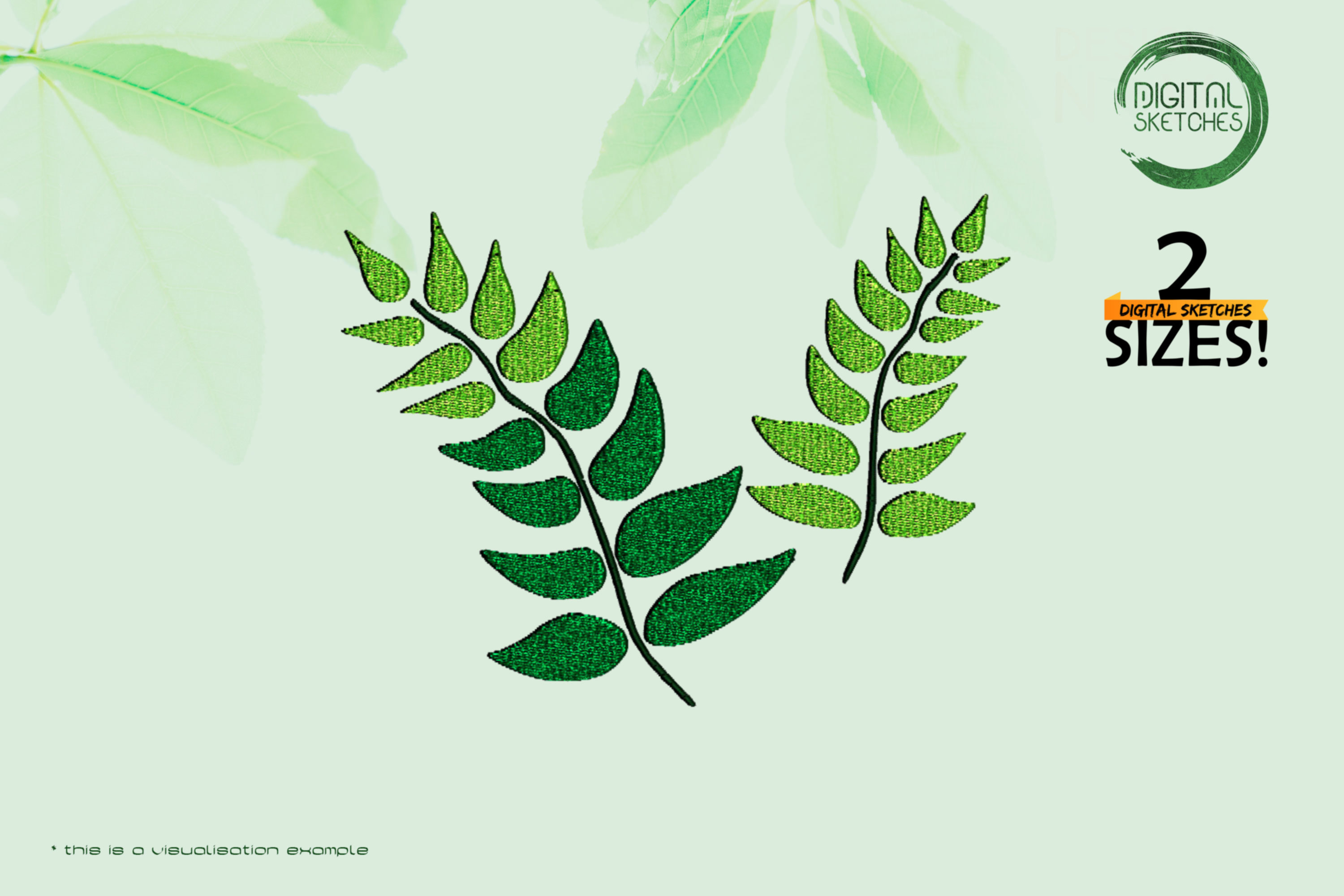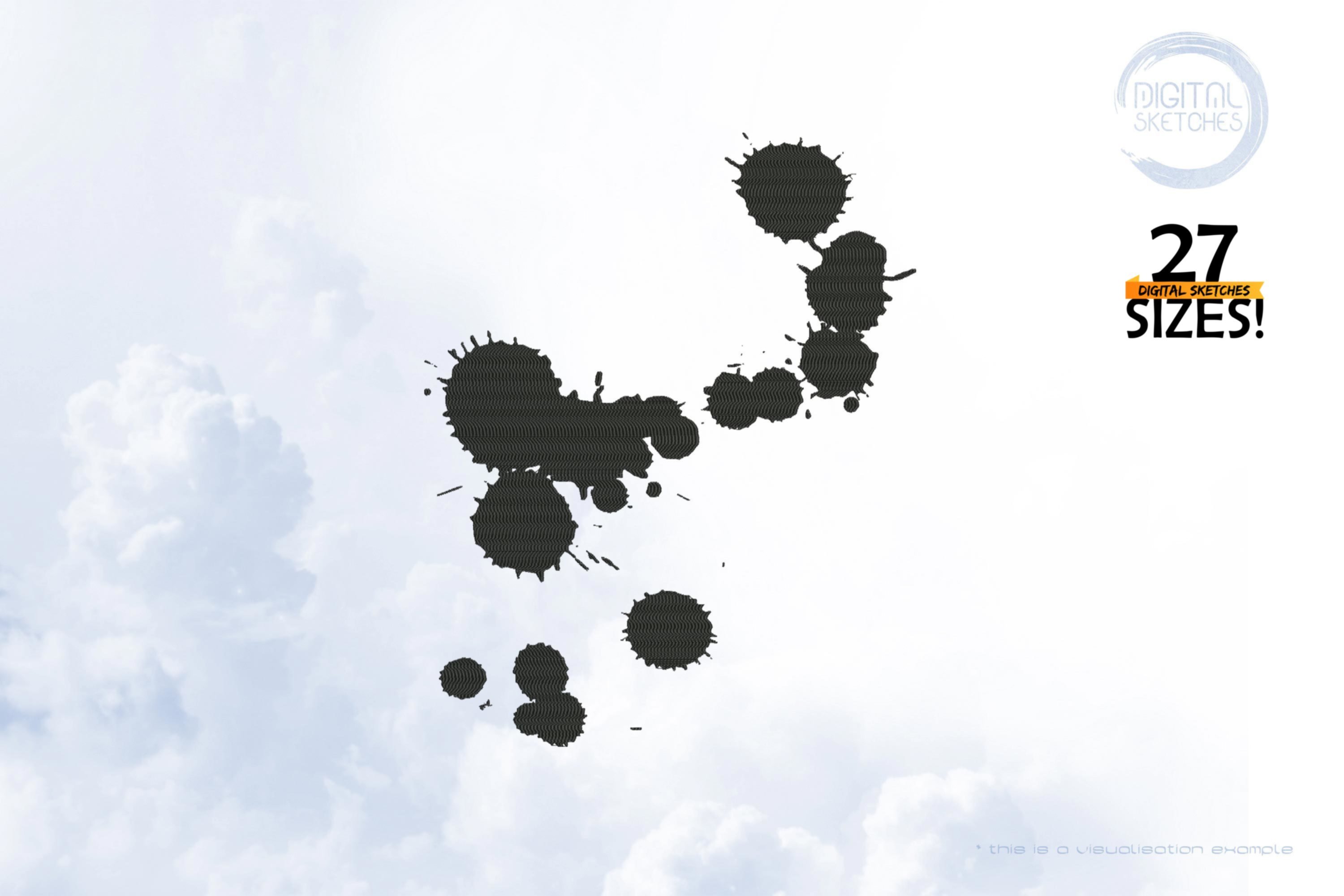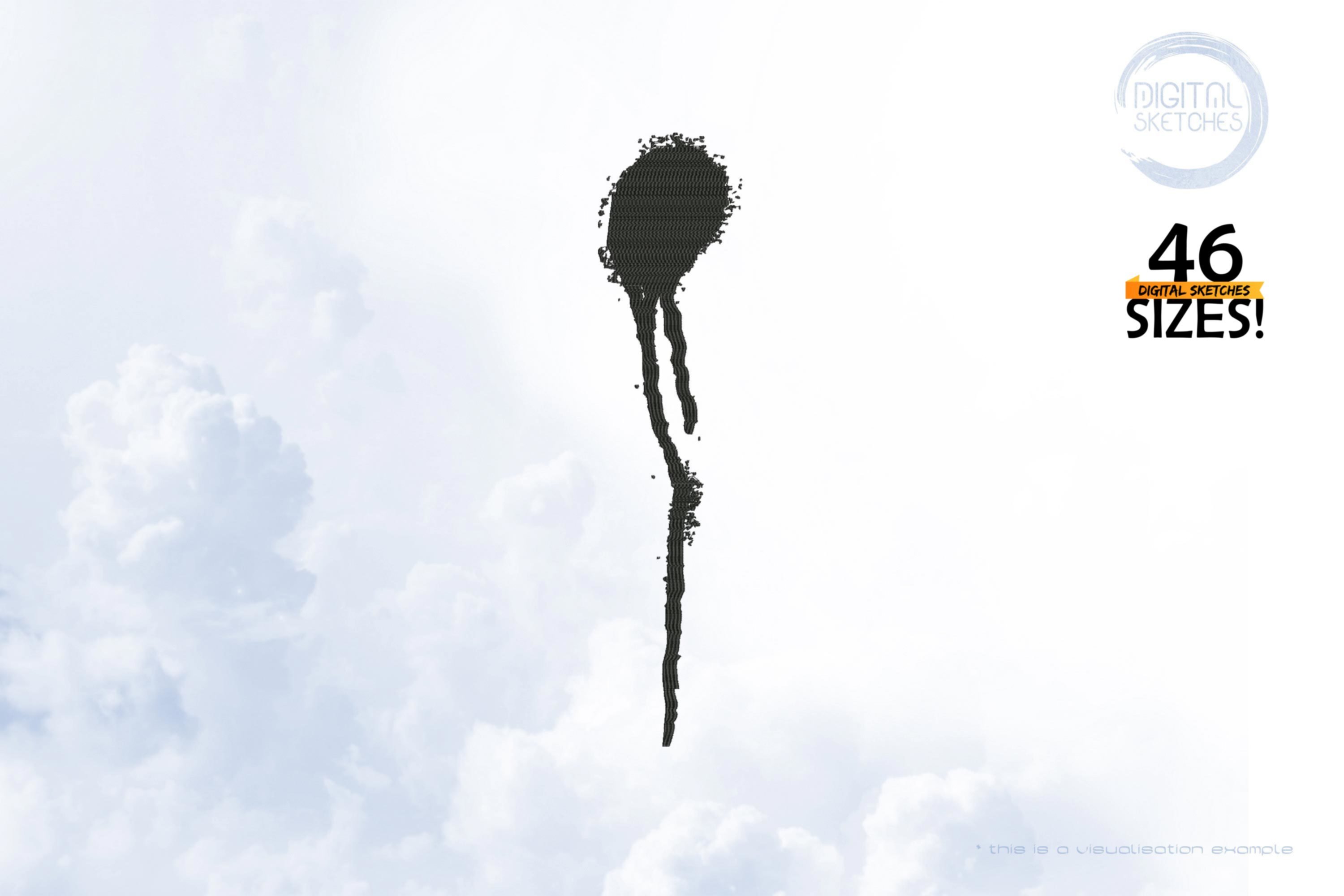
Ornaments
An ornament (from Latin ornare "to decorate, adorn, arrange, equip") is a usually repeating, often abstract or abstracted pattern with a symbolic function in itself. Ornaments are found on fabrics, buildings, wallpaper. The term ornament is mistakenly confused with the terms ornamentation or decoration, which describe an agglomeration of decorative elements used in an embellishing function. Ornaments, however, are often components or motifs in decorative arts, such as arts and crafts. As a single ornamental motif, it is thus a part of decoration.
Each ornament differs formally clearly from the background pattern and is often distinguished by color or elevation. Ceramic vessels decorated with ornaments can be found as early as the Stone Age. Ornaments can be formed representationally from floral or fantasy patterns. Flowers and foliate ornaments are common in churches, cathedrals, cloisters, and other buildings on columns or bay windows, as well as on ceilings (stucco) or house entrances. Ornaments may also include abstract forms, such as traditional clan patterns or tribal symbols, to indicate the affiliation of the wearer. They are particularly common in Islamic art (because of the ban on images there) as arabesques.
Ornamentation is the term used to describe the totality of ornaments in terms of their forms typical within a particular stylistic period or for a particular art object, as well as the art of ornamentation. The ornamentation of classical column architecture occupies a special position here, as it generally follows a tectonic logic. The individual ornaments are understood as reminiscences of constructive elements of the early Greek wooden architecture. The appropriate use of individual ornaments is thus subject to canonical ties and is a defining theme of early modern architectural theory.
%
Insect Ornament
Insects (Insecta), also called notch animals or Kerfe, are the most species-rich class of the arthropods (Arthropoda) and at the same time with absolute majority also the species-richest class of the animals at all. Almost one million insect species have been scientifically described to date (925,000 according to Grimaldi/Engel 2005, 865,000 according to Nielsen/Mound 1997). This means that more than 60 percent of all described animal species are insects. According to different extrapolations, however, one reckons with a multiple, whereby above all in the tropical rain forests still millions of undiscovered species are assumed. The first fossil record of insects dates back to the Devonian period, about 400 million years ago.The word "insect" (from Latin īnsectum "incised") was adopted as a foreign word in the 18th century and thus means "incised (animal)," referring to the strongly separated body parts. It is a loan translation of ancient Greek éntoma zōa, German 'insects, notched animals' (literally 'incised (animals); to entémnein, German 'to incise'), which is included in entomology (entomology). In the past, the scientific name Hexapoda (Greek for 'six-footed') was also used, which is now reserved for a higher-level group.It is mainly the insect species that are useful to humans, such as the honey bee and other species living in their immediate environment, that have found their way into human culture. The most famous treatment of the insect motif in literature is Maya the Bee and Her Adventures by Waldemar Bonsels. In music, the Mexican folk song La Cucaracha and Der Hummelflug are particularly popular. The latter also found its way into heavy metal via the band Manowar. In Germany, the nursery rhyme "May Beetle Fly!" has long been a cultural staple.Product Number: N11094Product Name: Abstract-Insects-00001002This design comes with the following sizes:Size: 5.99"(w) X 7.90"(h) (152.2mm X 200.6mm) Size: 6.13"(w) X 8.06"(h) (155.6mm X 204.6mm) Size: 6.17"(w) X 8.09"(h) (156.8mm X 205.6mm) Size: 6.21"(w) X 8.17"(h) (157.8mm X 207.6mm) Size: 6.32"(w) X 8.29"(h) (160.6mm X 210.6mm) Size: 6.43"(w) X 8.45"(h) (163.2mm X 214.6mm) Size: 6.49"(w) X 8.53"(h) (164.8mm X 216.6mm) Size: 6.55"(w) X 8.61"(h) (166.4mm X 218.6mm) Size: 6.57"(w) X 8.65"(h) (167.0mm X 219.6mm) Size: 6.82"(w) X 8.96"(h) (173.2mm X 227.6mm) Size: 6.95"(w) X 9.12"(h) (176.6mm X 231.6mm) Size: 7.01"(w) X 9.19"(h) (178.0mm X 233.4mm) Size: 7.15"(w) X 9.39"(h) (181.6mm X 238.4mm) Size: 7.17"(w) X 9.43"(h) (182.0mm X 239.6mm) Size: 7.47"(w) X 9.82"(h) (189.8mm X 249.4mm) Size: 7.73"(w) X 10.13"(h) (196.4mm X 257.4mm) Size: 7.78"(w) X 10.21"(h) (197.6mm X 259.4mm) Size: 7.88"(w) X 10.33"(h) (200.2mm X 262.4mm) Size: 10.48"(w) X 13.75"(h) (266.2mm X 349.2mm)The following formats are included in the file you will receive: .DST .EXP .JEF .PES .VP3 .XXX .PEC .U01You MUST have an embroidery machine and the software needed to transfer it from your computer to the machine to use this file. This listing is for the machine file only - not a finished item.Ornament Insect Machine Embroidery Design, Embroidery Art, DIY Project Idea, Unique Digital Supplies For Embroidery Machines
US$1.10* US$4.40* (75% saved)
%
Salamander Ornament
Geckos (Gekkonidae) are a family of pangolins (Squamata). Lizards have inhabited the earth for about 50 million years and have spread worldwide in the course of their evolution. Thanks to their excellent adaptability, geckos have conquered a wide variety of habitats and can be found both in the temperate zones and in the deserts of the earth, but especially in the tropics. There they have brought it to a great diversity of species. Geckos are small to medium-sized lizards, which can grow between 1.6 cm (Sphaerodactylus ariasae) and almost 40 cm. The Kawekaweau gecko (Hoplodactylus delcourti), which probably originated in New Zealand and probably became extinct in the late 19th century, even reached a body length of about 60 cm. The Rodrigues giant gecko (Phelsuma gigas), which became extinct around 1840, was similarly large. About three quarters of the gecko species are crepuscular or nocturnal animals with a correspondingly inconspicuous coloration and a slit pupil adapted to the nocturnal activity. The helmeted gecko (Tarentola chazaliae) is the only vertebrate species known to recognize colors at night. Geckos owe this characteristic to their extremely light-sensitive eyes. The cones of the helmet gecko's retina are about 350 times more sensitive to light than those of human eyes at dusk. Sometimes the shy nocturnal and usually very nimble animals sunbathe in the early twilight or during the day, as most members of the genus day geckos like to do. The latter, unlike their nocturnal relatives, are more conspicuously colored and have a round pupil. Another subdivision among geckos relates to their toes. A rough subdivision can be made into lamellate geckos and clawed geckos.Product Number: N11091Product Name: Animals-Salamander-00001000This design comes with the following sizes:Size: 5.83"(w) X 6.21"(h) (148.0mm X 157.8mm) Size: 5.91"(w) X 6.29"(h) (150.0mm X 159.8mm) Size: 5.94"(w) X 6.33"(h) (150.8mm X 160.8mm) Size: 6.02"(w) X 6.41"(h) (152.8mm X 162.8mm) Size: 6.13"(w) X 6.53"(h) (155.6mm X 165.8mm) Size: 6.24"(w) X 6.65"(h) (158.4mm X 168.8mm) Size: 6.46"(w) X 6.88"(h) (164.0mm X 174.8mm) Size: 6.57"(w) X 7.00"(h) (166.8mm X 177.8mm) Size: 6.76"(w) X 7.20"(h) (171.6mm X 182.8mm) Size: 6.79"(w) X 7.24"(h) (172.4mm X 183.8mm) Size: 7.05"(w) X 7.51"(h) (179.0mm X 190.8mm) Size: 7.13"(w) X 7.59"(h) (181.0mm X 192.8mm) Size: 7.16"(w) X 7.63"(h) (181.8mm X 193.8mm) Size: 7.68"(w) X 8.18"(h) (195.0mm X 207.8mm) Size: 7.75"(w) X 8.26"(h) (196.8mm X 209.8mm) Size: 7.79"(w) X 8.30"(h) (197.8mm X 210.8mm) Size: 8.09"(w) X 8.61"(h) (205.4mm X 218.8mm) Size: 8.31"(w) X 8.85"(h) (211.0mm X 224.8mm) Size: 8.38"(w) X 8.93"(h) (212.8mm X 226.8mm) Size: 9.16"(w) X 9.76"(h) (232.6mm X 247.8mm) Size: 9.71"(w) X 10.35"(h) (246.6mm X 262.8mm) Size: 9.97"(w) X 10.62"(h) (253.2mm X 269.8mm) Size: 10.89"(w) X 11.61"(h) (276.6mm X 294.8mm) Size: 11.08"(w) X 11.80"(h) (281.4mm X 299.8mm) Size: 11.85"(w) X 12.63"(h) (301.0mm X 320.8mm) Size: 12.92"(w) X 13.77"(h) (328.2mm X 349.8mm)The following formats are included in the file you will receive: .DST .EXP .JEF .PES .VP3 .XXX .PEC .U01You MUST have an embroidery machine and the software needed to transfer it from your computer to the machine to use this file. This listing is for the machine file only - not a finished item. Salamander Gecko Ornament Machine Embroidery Design, Lizard Embroidery Pattern, Gekkonidae Designs, Salamander Embroidery Art, DIY Project Idea, Unique Digital Supplies For Embroidery Machines
US$1.10* US$4.40* (75% saved)
%
Celtic Ornament
An ornament is a decorative element used to embellish parts of a building or object. They are usually repetitive, often abstract or abstracted patterns or decorative elements with a symbolic function. Ornaments can be carved from various materials such as stone, wood or precious metals, moulded from plaster or clay or applied to a surface. Celtic ornaments are various types of ornaments that feature Celtic designs or motifs. Some examples include Celtic Christmas ornaments, ceramic ornaments, jewelry ornaments, and other handmade ornaments. Product Number: E00482Product Name: CelticOrnamentThis design comes with the following sizes:Size: 3.24"(w) X 3.24"(h) (82.4 X 82.4mm) Size: 4.00"(w) X 4.00"(h) (101.6 X 101.6mm) Size: 4.44"(w) X 4.44"(h) (112.8 X 112.8mm) Size: 4.94"(w) X 4.94"(h) (125.4 X 125.6mm) Size: 5.48"(w) X 5.48"(h) (139.2 X 139.2mm) Size: 6.09"(w) X 6.09"(h) (154.6 X 154.8mm) Size: 6.76"(w) X 6.77"(h) (171.8 X 172.0mm) Size: 7.67"(w) X 7.67"(h) (194.8 X 194.8mm) Size: 9.28"(w) X 9.28"(h) (235.6 X 235.8mm)The following formats are included in the file you will receive: .DST .EXP .JEF .PES .VP3 .XXX .VIP .HUSYou MUST have an embroidery machine and the software needed to transfer it from your computer to the machine to use this file. This listing is for the machine file only - not a finished item.Celtic Ornament Machine Embroidery Design, Decorative Elements Embroidery Pattern, Beautiful Decorative Patterns Embroidery Art, DIY Project Ideas, Quality Digital Files For Embroidery Machines
US$1.10* US$4.40* (75% saved)
%
Insect Ornament
Insects (Insecta), also called notch animals or Kerfe, are the most species-rich class of the arthropods (Arthropoda) and at the same time with absolute majority also the species-richest class of the animals at all. Almost one million insect species have been scientifically described to date (925,000 according to Grimaldi/Engel 2005, 865,000 according to Nielsen/Mound 1997). This means that more than 60 percent of all described animal species are insects. According to different extrapolations, however, one reckons with a multiple, whereby above all in the tropical rain forests still millions of undiscovered species are assumed. The first fossil record of insects dates back to the Devonian period, about 400 million years ago.The word "insect" (from Latin īnsectum "incised") was adopted as a foreign word in the 18th century and thus means "incised (animal)," referring to the strongly separated body parts. It is a loan translation of ancient Greek éntoma zōa, German 'insects, notched animals' (literally 'incised (animals); to entémnein, German 'to incise'), which is included in entomology (entomology). In the past, the scientific name Hexapoda (Greek for 'six-footed') was also used, which is now reserved for a higher-level group.It is mainly the insect species that are useful to humans, such as the honey bee and other species living in their immediate environment, that have found their way into human culture. The most famous treatment of the insect motif in literature is Maya the Bee and Her Adventures by Waldemar Bonsels. In music, the Mexican folk song La Cucaracha and Der Hummelflug are particularly popular. The latter also found its way into heavy metal via the band Manowar. In Germany, the nursery rhyme "May Beetle Fly!" has long been a cultural staple.Product Number: N0Product Name: IThis design comes with the following sizes:Size: 3.01"(w) X 3.22"(h) (76.4mm X 81.8mm)The following formats are included in the file you will receive: .DST .EXP .JEF .PES .VP3 .XXX .PEC .U01You MUST have an embroidery machine and the software needed to transfer it from your computer to the machine to use this file. This listing is for the machine file only - not a finished item.Insect Ornament Machine Embroidery Design, Insects Embroidery Pattern, Embroidery Art, DIY Project Idea, Unique Digital Supplies For Embroidery Machines
US$1.10* US$4.40* (75% saved)
%
Dragon Ornament
A dragon (Latin draco, Ancient Greek drakōn, "snake"; actually: "the staring one" or "sharp-eyed animal) among the Greeks and Romans the name for any non-poisonous larger snake species) is a serpent-like hybrid creature of mythology, in which characteristics of reptiles, birds and predators are combined in different variations. It is scaled in most myths, has two hind legs, two front legs, two wings (thus six limbs), and a long tail. It is said to have the ability to breathe fire. The dragon is known as a mythical creature from myths, legends and fairy tales of many cultures; until modern times, it was considered to be a real existing animal. In oriental and western creation myths, the dragon is a symbol of chaos, a monster hostile to God and man that holds back the fruit-bearing waters and threatens to devour the sun and moon. It must be overcome and killed by a hero or deity in battle so that the world can come into being or continue to exist (dragon slayer). In contrast, the East Asian dragon is a conflicting creature with predominantly positive qualities: rain and good luck bringer and symbol of fertility and imperial power.Product Number: N11049Product Name: Abstract-Dragon-00001017This design comes with the following sizes:Size: 4.50"(w) X 6.09"(h) (114.4mm X 154.6mm) Size: 4.57"(w) X 6.17"(h) (116.0mm X 156.6mm) Size: 4.86"(w) X 6.54"(h) (123.4mm X 166.2mm) Size: 4.91"(w) X 6.63"(h) (124.8mm X 168.4mm) Size: 5.06"(w) X 6.83"(h) (128.6mm X 173.4mm) Size: 5.09"(w) X 6.87"(h) (129.2mm X 174.4mm) Size: 5.17"(w) X 6.98"(h) (131.4mm X 177.2mm) Size: 5.26"(w) X 7.11"(h) (133.6mm X 180.6mm) Size: 5.46"(w) X 7.38"(h) (138.8mm X 187.4mm) Size: 5.53"(w) X 7.45"(h) (140.4mm X 189.2mm) Size: 5.58"(w) X 7.54"(h) (141.8mm X 191.4mm) Size: 5.73"(w) X 7.74"(h) (145.6mm X 196.6mm) Size: 5.76"(w) X 7.77"(h) (146.2mm X 197.4mm) Size: 5.82"(w) X 7.85"(h) (147.8mm X 199.4mm) Size: 6.13"(w) X 8.28"(h) (155.8mm X 210.4mm) Size: 6.28"(w) X 8.47"(h) (159.6mm X 215.2mm) Size: 6.69"(w) X 9.03"(h) (170.0mm X 229.4mm) Size: 6.98"(w) X 9.43"(h) (177.4mm X 239.6mm) Size: 7.28"(w) X 9.82"(h) (184.8mm X 249.4mm) Size: 7.39"(w) X 9.98"(h) (187.6mm X 253.4mm) Size: 7.77"(w) X 10.50"(h) (197.4mm X 266.6mm) Size: 7.86"(w) X 10.61"(h) (199.6mm X 269.4mm) Size: 10.48"(w) X 14.14"(h) (266.2mm X 359.2mm)The following formats are included in the file you will receive: .DST .EXP .JEF .PES .VP3 .XXX .PEC .U01You MUST have an embroidery machine and the software needed to transfer it from your computer to the machine to use this file. This listing is for the machine file only - not a finished item.Dragon Ornament Machine Embroidery Design, DracoEmbroidery Pattern, Snake Embroidery Art, Creature Of Mythology, Myths And Legends Animals DIY Project Ideas, Beautiful Digital Supplies For Embroidery Machines
US$1.10* US$4.40* (75% saved)
%
Duck Ornament
The family of ducks (Anatidae) is the most species-rich from the order of geese (Anseriformes). This group includes such familiar types of waterfowl as the ducks, geese, and swans. Duck birds are hunted and kept for their meat, eggs and feathers, and in many forms they have found their way into fairy tales, legends and comics. All duck birds are adapted to an aquatic life to a greater or lesser degree. Their long, broad bodies give them buoyancy when swimming, and their feet are webbed (exception: Hawaiian goose) and set far back on the body. The plumage is very dense and is regularly oiled with the secretion of the well-developed bristle gland to make it water-repellent. Many duck birds are exceptionally colorful. This is especially true of the ducks of the subfamily Anatinae, which often have plumage in bright colors, while white, brown, and gray primary colors predominate in geese. There is usually a pronounced sexual dimorphism here, with males being magnificently colored but females inconspicuously grayish-brown. At the end of the breeding season, ducklings undergo a molt, during which they briefly become flightless and males often temporarily match the females in coloration with the so-called slack plumage. Most duck birds are very vocal. Well known is the quacking of the swimming ducks. Only female ducks quack, while males make other sounds, for example thin whistling sounds. Geese are known for loud quacking, whistling geese and half geese mostly for whistling sounds. The calls of swans can carry the farthest. The trumpeter swan has vesicular resonance chambers (bullae) at the vocal head and along the trachea, which enormously amplify the volume of the cries. Ruddy ducks alone are not very vocal and, apart from hisses and grunts, are almost silent. There are both diurnal and nocturnal species among the duck birds. However, most are not fixed and are active primarily at dusk. Duckbirds often sleep on the water, tucking their heads under one wing. They spend a large part of the day grooming their plumage, which is regularly oiled with the secretion of the bristle gland. Even the non-diving species regularly wet their plumage with water by flapping their wings violently on the water surface. Product Number: N11065Product Name: Abstract-Animals-Dug-00001000This design comes with the following sizes:Size: 6.17"(w) X 5.54"(h) (156.8mm X 140.6mm) Size: 6.21"(w) X 5.57"(h) (157.8mm X 141.6mm) Size: 6.57"(w) X 5.89"(h) (166.8mm X 149.6mm) Size: 6.61"(w) X 5.93"(h) (167.8mm X 150.6mm) Size: 6.69"(w) X 6.00"(h) (169.8mm X 152.4mm) Size: 6.72"(w) X 6.03"(h) (170.8mm X 153.2mm) Size: 6.92"(w) X 6.20"(h) (175.8mm X 157.6mm) Size: 6.96"(w) X 6.24"(h) (176.8mm X 158.6mm) Size: 7.08"(w) X 6.35"(h) (179.8mm X 161.2mm) Size: 7.20"(w) X 6.46"(h) (182.8mm X 164.0mm) Size: 7.24"(w) X 6.49"(h) (183.8mm X 164.8mm) Size: 7.39"(w) X 6.63"(h) (187.8mm X 168.4mm) Size: 7.55"(w) X 6.77"(h) (191.8mm X 172.0mm) Size: 7.59"(w) X 6.81"(h) (192.8mm X 173.0mm) Size: 7.79"(w) X 6.98"(h) (197.8mm X 177.4mm) Size: 7.87"(w) X 7.06"(h) (199.8mm X 179.2mm) Size: 7.98"(w) X 7.17"(h) (202.8mm X 182.0mm) Size: 8.10"(w) X 7.27"(h) (205.8mm X 184.6mm) Size: 8.14"(w) X 7.30"(h) (206.8mm X 185.4mm) Size: 8.22"(w) X 7.37"(h) (208.8mm X 187.2mm) Size: 8.30"(w) X 7.44"(h) (210.8mm X 189.0mm) Size: 8.38"(w) X 7.51"(h) (212.8mm X 190.8mm) Size: 8.46"(w) X 7.58"(h) (214.8mm X 192.6mm) Size: 8.61"(w) X 7.72"(h) (218.8mm X 196.2mm) Size: 8.73"(w) X 7.83"(h) (221.8mm X 199.0mm) Size: 8.85"(w) X 7.94"(h) (224.8mm X 201.6mm) Size: 8.97"(w) X 8.05"(h) (227.8mm X 204.4mm) Size: 9.05"(w) X 8.12"(h) (229.8mm X 206.2mm) Size: 9.24"(w) X 8.29"(h) (234.8mm X 210.6mm) Size: 9.32"(w) X 8.36"(h) (236.8mm X 212.4mm) Size: 9.83"(w) X 8.82"(h) (249.8mm X 224.0mm) Size: 10.35"(w) X 9.28"(h) (262.8mm X 235.8mm) Size: 10.54"(w) X 9.46"(h) (267.8mm X 240.2mm) Size: 11.49"(w) X 10.31"(h) (291.8mm X 261.8mm) Size: 12.08"(w) X 10.83"(h) (306.8mm X 275.2mm) Size: 12.75"(w) X 11.43"(h) (323.8mm X 290.4mm) Size: 13.77"(w) X 12.35"(h) (349.8mm X 313.8mm) Size: 14.17"(w) X 12.69"(h) (359.8mm X 322.4mm)The following formats are included in the file you will receive: .DST .EXP .JEF .PES .VP3 .XXX .PEC .U01You MUST have an embroidery machine and the software needed to transfer it from your computer to the machine to use this file. This listing is for the machine file only - not a finished item.Duck Ornament Machine Embroidery Design, Water Birds Embroidery Pattern, Aquatic Life Birds Embroidery Art, DIY Project Ideas, Beautiful Digital Supplies For Embroidery Machines
US$1.10* US$4.40* (75% saved)
%
Fish Ornament
An ornament is a decorative element used to embellish parts of a building or object. They are usually repetitive, often abstract or abstracted patterns or decorative elements with a symbolic function. Ornaments can be carved from various materials such as stone, wood or precious metals, moulded from plaster or clay or applied to a surface. Fish or pisces (plural to Latin piscis "fish") are aquatic vertebrates with gills. In a narrower sense, the term fish is restricted to aquatic animals with jaws. In a broader sense, it also includes the jawless, which are still represented among recent species by the roundmouths. In both cases, at least one descendant of fish (namely terrestrial vertebrates) is missing from their ancestral community. Therefore, fishes do not form a closed descent community in biological systematics, but a paraphyletic taxon. They are merely an incomplete descent community, consisting of a recent ancestor and the aquatic part of its descendants. The study of fish biology is ichthyology (from the ancient Greek ἰχθύς ichthýs "fish" and -logy) or piscology.Product Number: N11063Product Name: abstract-Animals-Aqua-Live-Fish-00001012This design comes with the following sizes:Size: 8.22"(w) X 4.23"(h) (208.8mm X 107.4mm) Size: 8.34"(w) X 4.29"(h) (211.8mm X 109.0mm) Size: 8.42"(w) X 4.33"(h) (213.8mm X 110.0mm) Size: 8.50"(w) X 4.37"(h) (215.8mm X 111.0mm) Size: 8.54"(w) X 4.39"(h) (216.8mm X 111.4mm) Size: 8.61"(w) X 4.43"(h) (218.8mm X 112.6mm) Size: 8.69"(w) X 4.47"(h) (220.8mm X 113.6mm) Size: 8.77"(w) X 4.50"(h) (222.8mm X 114.4mm) Size: 8.85"(w) X 4.54"(h) (224.8mm X 115.4mm) Size: 9.24"(w) X 4.76"(h) (234.8mm X 120.8mm) Size: 9.83"(w) X 5.06"(h) (249.8mm X 128.4mm) Size: 10.15"(w) X 5.21"(h) (257.8mm X 132.4mm) Size: 10.23"(w) X 5.26"(h) (259.8mm X 133.6mm) Size: 10.35"(w) X 5.32"(h) (262.8mm X 135.2mm) Size: 11.80"(w) X 6.07"(h) (299.8mm X 154.2mm)The following formats are included in the file you will receive: .DST .EXP .JEF .PES .VP3 .XXX .PEC .U01You MUST have an embroidery machine and the software needed to transfer it from your computer to the machine to use this file. This listing is for the machine file only - not a finished item.Fish Ornament Machine Embroidery Design, Pisces Embroidery Pattern, Embroidery Art, Aquatic Vertebrates, Aquatic Animals, Piscology, Ichthyology, DIY Project Idea, Original Digital Supplies For Embroidery Machines, Artsupplies For Handmade Embroidery Projects, Quality Embroidery Digitizing
US$1.10* US$4.40* (75% saved)
%
Cat Ornament
The domestic cat (Felis catus) is the pet form of the dun cat. It is one of the most popular pets. In pedigree cat breeding often only those animals are called domestic cat, which do not belong to any recognized cat breed. The dun cat is the wild ancestral form (wild form) of the domestic cat (Felis catus). As a pet or domestic animal, the domestic cat is found worldwide in almost all areas populated by humans. It can live as a wild or feral animal but only in climatically warm or temperate zones independent of subsidiary human influences. It is considered a cultural successor. Even in the biogeographically long isolated habitats of Australia and New Zealand, to which it was introduced by humans, it was able to adapt relatively quickly, but there, together with a variety of other neozoa, it influences the existing unique ecosystems. It is currently estimated (2012-2014) that there are 8.4 million domestic cats in Germany, 27.4 million throughout Central and Western Europe, and more than one billion worldwide (including feral and semi-feral populations). Cats are the better people ;)Product Number: N11055Product Name: Abstract-Animals-Cat-00001030This design comes with the following sizes:Size: 4.14"(w) X 5.91"(h) (105.2mm X 150.2mm) Size: 4.17"(w) X 5.94"(h) (105.8mm X 151.0mm) Size: 4.20"(w) X 5.98"(h) (106.6mm X 151.8mm) Size: 4.22"(w) X 6.03"(h) (107.2mm X 153.2mm) Size: 4.25"(w) X 6.06"(h) (108.0mm X 154.0mm) Size: 4.28"(w) X 6.09"(h) (108.6mm X 154.8mm) Size: 4.36"(w) X 6.23"(h) (110.8mm X 158.2mm) Size: 4.44"(w) X 6.34"(h) (112.8mm X 161.0mm) Size: 4.47"(w) X 6.38"(h) (113.6mm X 162.0mm) Size: 4.55"(w) X 6.50"(h) (115.6mm X 165.2mm) Size: 4.58"(w) X 6.54"(h) (116.4mm X 166.0mm) Size: 4.64"(w) X 6.61"(h) (117.8mm X 168.0mm) Size: 4.75"(w) X 6.78"(h) (120.6mm X 172.2mm) Size: 4.80"(w) X 6.84"(h) (122.0mm X 173.8mm) Size: 4.86"(w) X 6.94"(h) (123.4mm X 176.2mm) Size: 4.88"(w) X 6.97"(h) (124.0mm X 177.0mm) Size: 4.94"(w) X 7.05"(h) (125.4mm X 179.0mm) Size: 4.99"(w) X 7.10"(h) (126.8mm X 180.4mm) Size: 5.05"(w) X 7.21"(h) (128.2mm X 183.2mm) Size: 5.13"(w) X 7.33"(h) (130.4mm X 186.2mm) Size: 5.19"(w) X 7.38"(h) (131.8mm X 187.4mm) Size: 5.21"(w) X 7.44"(h) (132.4mm X 189.0mm) Size: 5.38"(w) X 7.65"(h) (136.6mm X 194.4mm) Size: 5.49"(w) X 7.82"(h) (139.4mm X 198.6mm) Size: 5.51"(w) X 7.88"(h) (140.0mm X 200.2mm) Size: 5.87"(w) X 8.39"(h) (149.2mm X 213.0mm) Size: 6.01"(w) X 8.59"(h) (152.6mm X 218.2mm) Size: 6.06"(w) X 8.67"(h) (154.0mm X 220.2mm) Size: 6.26"(w) X 8.94"(h) (159.0mm X 227.2mm) Size: 6.48"(w) X 9.24"(h) (164.6mm X 234.8mm) Size: 6.50"(w) X 9.30"(h) (165.2mm X 236.2mm) Size: 6.56"(w) X 9.35"(h) (166.6mm X 237.4mm) Size: 7.13"(w) X 10.18"(h) (181.2mm X 258.6mm) Size: 7.30"(w) X 10.42"(h) (185.4mm X 264.6mm) Size: 8.20"(w) X 11.73"(h) (208.4mm X 298.0mm) Size: 10.38"(w) X 14.84"(h) (263.6mm X 377.0mm)The following formats are included in the file you will receive: .DST .EXP .JEF .PES .VP3 .XXX .PEC .U01You MUST have an embroidery machine and the software needed to transfer it from your computer to the machine to use this file. This listing is for the machine file only - not a finished item.Cat Ornament Machine Embroidery Design, Cat Embroidery Pattern, Animals Designs, Pets Embroidery Art, DIY Project Idea, Unique Digital Supplies For Embroidery Machines
US$1.10* US$4.40* (75% saved)
%
Fern Plant
Ferns are a group of plants that belong to the fern family. Ferns do not have flowers or seeds, but reproduce by spores. They are an important ornamental plant and are often grown in gardens and indoors. There are many different types of ferns, including tree ferns, shrub ferns and ground ferns. Product Number: E002014Product Name: PlantThis design comes with the following sizes:Size: 4.74"(w) X 3.63"(h) (120.3 X 92.1mm) Size: 5.83"(w) X 4.46"(h) (148.0 X 113.4mm)The following formats are included in the file you will receive: .DST .EXP .JEF .PES .VP3 .XXX .VIP .HUSYou MUST have an embroidery machine and the software needed to transfer it from your computer to the machine to use this file. This listing is for the machine file only - not a finished item.Fern Plant Machine Embroidery Design, Forest Nature Embroidery Pattern, Embroidery Art, DIY Project Ideas, Beautiful Digital Supplies For Embroidery Machines
US$1.10* US$4.40* (75% saved)
%
Dripping Ink Drops VIII
India ink is a liquid ink used for drawing and writing. It consists of binders and real colour pigments and is usually thicker than ink. Ink can be applied with a pen or brush and is suitable for various techniques such as calligraphy, illustration or comics.Product Number: N10787Product Name: drop-XThis design comes with the following sizes:Size: 4.41"(w) X 5.50"(h) (112.0mm X 139.8mm) Size: 4.47"(w) X 5.58"(h) (113.6mm X 141.8mm) Size: 4.50"(w) X 5.62"(h) (114.4mm X 142.8mm) Size: 4.57"(w) X 5.70"(h) (116.0mm X 144.8mm) Size: 4.60"(w) X 5.74"(h) (116.8mm X 145.8mm) Size: 4.66"(w) X 5.82"(h) (118.4mm X 147.8mm) Size: 5.04"(w) X 6.29"(h) (128.0mm X 159.8mm) Size: 5.10"(w) X 6.37"(h) (129.6mm X 161.8mm) Size: 5.20"(w) X 6.49"(h) (132.0mm X 164.8mm) Size: 5.48"(w) X 6.84"(h) (139.2mm X 173.8mm) Size: 5.51"(w) X 6.88"(h) (140.0mm X 174.8mm) Size: 5.54"(w) X 6.92"(h) (140.8mm X 175.8mm) Size: 5.76"(w) X 7.20"(h) (146.4mm X 182.8mm) Size: 6.20"(w) X 7.75"(h) (157.4mm X 196.8mm) Size: 6.23"(w) X 7.79"(h) (158.2mm X 197.8mm) Size: 6.39"(w) X 7.98"(h) (162.2mm X 202.8mm) Size: 6.57"(w) X 8.22"(h) (167.0mm X 208.8mm) Size: 6.76"(w) X 8.46"(h) (171.8mm X 214.8mm) Size: 6.98"(w) X 8.73"(h) (177.4mm X 221.8mm) Size: 7.08"(w) X 8.85"(h) (179.8mm X 224.8mm) Size: 7.17"(w) X 8.97"(h) (182.2mm X 227.8mm) Size: 7.71"(w) X 9.64"(h) (195.8mm X 244.8mm) Size: 7.83"(w) X 9.80"(h) (199.0mm X 248.8mm) Size: 7.87"(w) X 9.83"(h) (199.8mm X 249.8mm) Size: 9.06"(w) X 11.33"(h) (230.2mm X 287.8mm) Size: 9.44"(w) X 11.80"(h) (239.8mm X 299.8mm) Size: 11.33"(w) X 14.17"(h) (287.8mm X 359.8mm) The following formats are included in the file you will receive: .DST .EXP .JEF .PES .VP3 .XXX .PEC .U01You MUST have an embroidery machine and the software needed to transfer it from your computer to the machine to use this file. This listing is for the machine file only - not a finished item.Dripping Drops Paint Brush, India Ink Machine Embroidery Design, Ink Embroidery Pattern, Drawing Writing And Painting Liquid Embroidery Art, Pigments DIY Project Ideas, Calligraphy Beautiful Digital Supplies For Embroidery Machines
US$1.10* US$4.40* (75% saved)
%
Dripping Ink Drops VII
India ink is a liquid ink used for drawing and writing. It consists of binders and real colour pigments and is usually thicker than ink. Ink can be applied with a pen or brush and is suitable for various techniques such as calligraphy, illustration or comics.Product Number: N10793Product Name: drop--VIThis design comes with the following sizes:Size: 1.28"(w) X 5.46"(h) (32.6mm X 138.8mm) Size: 1.29"(w) X 5.50"(h) (32.8mm X 139.8mm) Size: 1.32"(w) X 5.62"(h) (33.6mm X 142.8mm) Size: 1.34"(w) X 5.70"(h) (34.0mm X 144.8mm) Size: 1.35"(w) X 5.74"(h) (34.2mm X 145.8mm) Size: 1.37"(w) X 5.82"(h) (34.8mm X 147.8mm) Size: 1.39"(w) X 5.94"(h) (35.4mm X 150.8mm) Size: 1.43"(w) X 6.09"(h) (36.2mm X 154.8mm) Size: 1.45"(w) X 6.17"(h) (36.8mm X 156.8mm) Size: 1.46"(w) X 6.25"(h) (37.2mm X 158.8mm) Size: 1.50"(w) X 6.37"(h) (38.0mm X 161.8mm) Size: 1.53"(w) X 6.49"(h) (38.8mm X 164.8mm) Size: 1.54"(w) X 6.53"(h) (39.0mm X 165.8mm) Size: 1.57"(w) X 6.65"(h) (39.8mm X 168.8mm) Size: 1.57"(w) X 6.69"(h) (39.8mm X 169.8mm) Size: 1.59"(w) X 6.76"(h) (40.4mm X 171.8mm) Size: 1.60"(w) X 6.80"(h) (40.6mm X 172.8mm) Size: 1.61"(w) X 6.84"(h) (40.8mm X 173.8mm) Size: 1.64"(w) X 6.96"(h) (41.6mm X 176.8mm) Size: 1.65"(w) X 7.00"(h) (41.8mm X 177.8mm) Size: 1.66"(w) X 7.08"(h) (42.2mm X 179.8mm) Size: 1.69"(w) X 7.20"(h) (43.0mm X 182.8mm) Size: 1.71"(w) X 7.28"(h) (43.4mm X 184.8mm) Size: 1.72"(w) X 7.31"(h) (43.8mm X 185.8mm) Size: 1.73"(w) X 7.39"(h) (44.0mm X 187.8mm) Size: 1.75"(w) X 7.43"(h) (44.4mm X 188.8mm) Size: 1.75"(w) X 7.47"(h) (44.4mm X 189.8mm) Size: 1.79"(w) X 7.59"(h) (45.4mm X 192.8mm) Size: 1.83"(w) X 7.75"(h) (46.4mm X 196.8mm) Size: 1.85"(w) X 7.87"(h) (47.0mm X 199.8mm) Size: 1.85"(w) X 7.91"(h) (47.0mm X 200.8mm) Size: 1.88"(w) X 7.98"(h) (47.8mm X 202.8mm) Size: 1.93"(w) X 8.22"(h) (49.0mm X 208.8mm) Size: 1.95"(w) X 8.30"(h) (49.6mm X 210.8mm) Size: 1.98"(w) X 8.38"(h) (50.2mm X 212.8mm) Size: 1.98"(w) X 8.46"(h) (50.4mm X 214.8mm) Size: 2.03"(w) X 8.61"(h) (51.6mm X 218.8mm) Size: 2.04"(w) X 8.69"(h) (51.8mm X 220.8mm) Size: 2.10"(w) X 8.93"(h) (53.4mm X 226.8mm) Size: 2.13"(w) X 9.05"(h) (54.0mm X 229.8mm) Size: 2.14"(w) X 9.09"(h) (54.4mm X 230.8mm) Size: 2.17"(w) X 9.24"(h) (55.2mm X 234.8mm) Size: 2.20"(w) X 9.32"(h) (55.8mm X 236.8mm) Size: 2.22"(w) X 9.44"(h) (56.4mm X 239.8mm) Size: 2.24"(w) X 9.56"(h) (57.0mm X 242.8mm) Size: 2.28"(w) X 9.68"(h) (57.8mm X 245.8mm) Size: 2.31"(w) X 9.83"(h) (58.8mm X 249.8mm) Size: 2.35"(w) X 9.95"(h) (59.6mm X 252.8mm) Size: 2.36"(w) X 10.03"(h) (60.0mm X 254.8mm) Size: 2.39"(w) X 10.15"(h) (60.8mm X 257.8mm) Size: 2.43"(w) X 10.35"(h) (61.8mm X 262.8mm) Size: 2.46"(w) X 10.43"(h) (62.4mm X 264.8mm) Size: 2.47"(w) X 10.50"(h) (62.8mm X 266.8mm) Size: 2.50"(w) X 10.66"(h) (63.6mm X 270.8mm) Size: 2.56"(w) X 10.86"(h) (65.0mm X 275.8mm) Size: 2.66"(w) X 11.29"(h) (67.6mm X 286.8mm) Size: 2.71"(w) X 11.49"(h) (68.8mm X 291.8mm) Size: 2.78"(w) X 11.80"(h) (70.6mm X 299.8mm) Size: 2.80"(w) X 11.92"(h) (71.0mm X 302.8mm) Size: 2.86"(w) X 12.16"(h) (72.6mm X 308.8mm) Size: 2.92"(w) X 12.39"(h) (74.2mm X 314.8mm) Size: 2.99"(w) X 12.71"(h) (76.0mm X 322.8mm) Size: 2.99"(w) X 12.75"(h) (76.0mm X 323.8mm) Size: 3.05"(w) X 12.98"(h) (77.4mm X 329.8mm) Size: 3.33"(w) X 14.17"(h) (84.6mm X 359.8mm) Size: 3.98"(w) X 16.92"(h) (101.0mm X 429.8mm)The following formats are included in the file you will receive: .DST .EXP .JEF .PES .VP3 .XXX .PEC .U01You MUST have an embroidery machine and the software needed to transfer it from your computer to the machine to use this file. This listing is for the machine file only - not a finished item.Dripping Paint Ink Drops Machine Embroidery Design, Ink Embroidery Pattern, Drawing Writing And Painting Liquid Embroidery Art, Pigments DIY Project Ideas, Calligraphy Beautiful Digital Supplies For Embroidery Machines
US$1.10* US$4.40* (75% saved)
%
Dripping Ink Drops VI
India ink is a liquid ink used for drawing and writing. It consists of binders and real colour pigments and is usually thicker than ink. Ink can be applied with a pen or brush and is suitable for various techniques such as calligraphy, illustration or comics.Product Number: N10785Product Name: drop-VThis design comes with the following sizes:Size: 5.38"(w) X 3.46"(h) (136.6mm X 87.8mm) Size: 5.54"(w) X 3.56"(h) (140.8mm X 90.4mm) Size: 5.57"(w) X 3.58"(h) (141.6mm X 91.0mm) Size: 5.62"(w) X 3.61"(h) (142.8mm X 91.8mm) Size: 5.73"(w) X 3.69"(h) (145.6mm X 93.6mm) Size: 5.77"(w) X 3.71"(h) (146.6mm X 94.2mm) Size: 6.09"(w) X 3.91"(h) (154.6mm X 99.4mm) Size: 6.20"(w) X 3.99"(h) (157.6mm X 101.4mm) Size: 6.25"(w) X 4.02"(h) (158.8mm X 102.0mm) Size: 6.28"(w) X 4.04"(h) (159.6mm X 102.6mm) Size: 6.44"(w) X 4.14"(h) (163.6mm X 105.2mm) Size: 6.64"(w) X 4.27"(h) (168.6mm X 108.4mm) Size: 7.31"(w) X 4.70"(h) (185.6mm X 119.4mm) Size: 7.54"(w) X 4.85"(h) (191.6mm X 123.2mm) Size: 7.66"(w) X 4.93"(h) (194.6mm X 125.2mm) Size: 7.78"(w) X 5.01"(h) (197.6mm X 127.2mm) Size: 7.86"(w) X 5.06"(h) (199.6mm X 128.4mm) Size: 8.09"(w) X 5.20"(h) (205.6mm X 132.2mm) Size: 8.21"(w) X 5.28"(h) (208.6mm X 134.2mm) Size: 8.29"(w) X 5.33"(h) (210.6mm X 135.4mm) Size: 8.33"(w) X 5.36"(h) (211.6mm X 136.2mm) Size: 8.41"(w) X 5.41"(h) (213.6mm X 137.4mm) Size: 8.49"(w) X 5.46"(h) (215.6mm X 138.8mm) Size: 8.92"(w) X 5.74"(h) (226.6mm X 145.8mm) Size: 9.04"(w) X 5.82"(h) (229.6mm X 147.8mm) Size: 9.12"(w) X 5.87"(h) (231.6mm X 149.0mm) Size: 9.28"(w) X 5.97"(h) (235.8mm X 151.6mm) Size: 9.51"(w) X 6.12"(h) (241.6mm X 155.4mm) Size: 9.55"(w) X 6.15"(h) (242.6mm X 156.2mm) Size: 9.94"(w) X 6.40"(h) (252.6mm X 162.6mm) Size: 10.02"(w) X 6.45"(h) (254.6mm X 163.8mm) Size: 10.42"(w) X 6.70"(h) (264.6mm X 170.2mm) Size: 10.81"(w) X 6.96"(h) (274.6mm X 176.8mm) Size: 11.01"(w) X 7.09"(h) (279.6mm X 180.0mm) Size: 11.17"(w) X 7.19"(h) (283.6mm X 182.6mm) Size: 12.15"(w) X 7.82"(h) (308.6mm X 198.6mm) Size: 12.70"(w) X 8.17"(h) (322.6mm X 207.6mm) Size: 13.02"(w) X 8.38"(h) (330.6mm X 212.8mm) Size: 14.16"(w) X 9.11"(h) (359.6mm X 231.4mm) Size: 15.18"(w) X 9.77"(h) (385.6mm X 248.2mm)The following formats are included in the file you will receive: .DST .EXP .JEF .PES .VP3 .XXX .PEC .U01You MUST have an embroidery machine and the software needed to transfer it from your computer to the machine to use this file. This listing is for the machine file only - not a finished item.Dripping India Ink Machine Embroidery Design, Ink Embroidery Pattern, Drawing Writing And Painting Liquid Embroidery Art, Pigments DIY Project Ideas, Calligraphy Beautiful Digital Supplies For Embroidery Machines
US$1.10* US$4.40* (75% saved)

